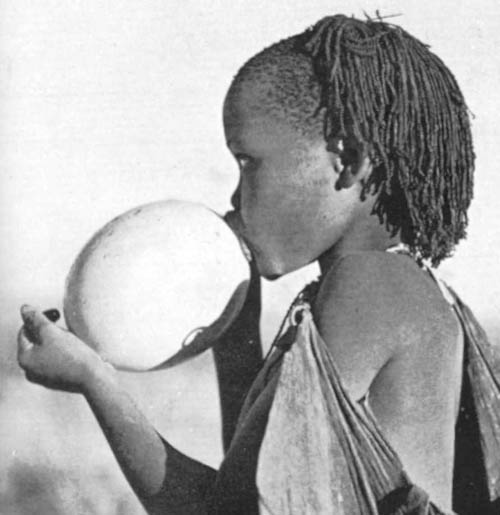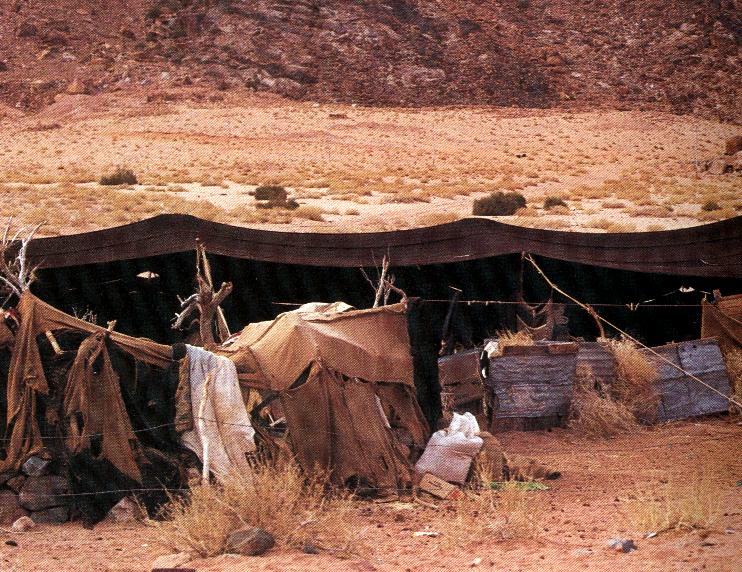Home | Overview | Lesson One | Lesson Two | Lesson 3 | Lesson 4 | Lesson 5
Animal Database | Assessments | Desert Causes Database | Desert People
Plant Adaptation Database | Terrain Database | Vocabulary Database
AIMS:
1. How do people in
the desert adapt?
2. Who are some of the
people that live in the desert?
MOTIVATION:
Discuss with the students what
basic needs do all human beings need? (food, shelter, water). Ask
what conditions do the people who live in the desert have to overcome in order to survive?
After the discussion, have them go to http://library.thinkquest.org/28855/people.html and answer the following
questions:
QUESTION |
ANSWER |
1.
How do desert people obtain water?

|
Water can be
obtained by digging or drilling or simply getting water from other places. |
|
2.
How do desert people cope with the extremes of temperature?
 Aborigines surrounding a fire to keep warm
Aborigines surrounding a fire to keep warm
|
Temperature
is another problem, therefore clothing is very important. Loose-fitting,
flowing garments are suitable in the intense heat of the desert. But in
places with freezing nights, long-sleeved woolen nightshirts will be worn to
protect the person from daytime heat and provide warmth in the night. |
|
3.
What do desert people do when the resources of one area are used up?

[A tented camp of the Tuaregs in the northern
Sahara. They are convenient to use and easily erected or dismantled.]
|
People
cannot live in a certain area of the desert permanently, for when the
sources of a particular area are used up, then they will have to move to
another place to search for sources, therefore they have to live as NOMADS.
Nomadism is a cycle, as people move to this place to another, they may go
back to the previous place again after a length of time, for living things
there will grow again after some time. |
For a student database, click here.
PROCEDURE:
1. Students are to
break up into cooperative learning groups. The following roles are one way
to work in the groups: Researcher- does the computer research; recorder-
does the writing or note taking; reporter- does the oral report; artist- does
the illustrations, either on the computer or free hand, and a leader- the person
who keeps everyone on task and helps when it is needed.
2. There are five
distinct groups of people who have made traditionally made their homes in the
desert. Each cooperative group is to take one group and research them.
They can find the research at http://library.thinkquest.org/28855/people.html.
The groups are:
The ABORIGINES
BUSHMEN OF
THE KALAHARI
THE INDIANS
OF AMERICA
THE MONGOLS
OF GOBI
The TUAREGS
and BEDOUINS
3. Each group is to
describe the history of the people, how they have adapted to the harsh desert
conditions, and what they make, or grow, or raise in the desert to survive.
EVALUATION:
Students can work in their groups to create original
stories or myths based on their people's culture.
FOLLOW-UP:
This concludes the unit
OPERATION DESERT LEARN. From here, we go to assessments! |